This post focuses on Kenfig Nature Reserve’s moth monitoring for Wednesday, April 30th.
We set out two moth traps the previous night and were delighted to find a bounty of moths, all ready for us to inspect.
UK moth trapping yields the best results from May through October, particularly during June and July. However, moths fly every night, making nighttime observation consistently captivating. A good night’s moth identification might involve hundreds of specimens, even micro moths.
In the morning, I photograph the trapped moths and release them shortly after identification. Moths are fairly docile when it is relatively cool and not bright enough for them to feel exposed and try to hide. This makes it easier to go through the trap and record its contents. Moths placed onto surrounding vegetation or on a tree trunk will often sit quietly, which gives the ideal opportunity to take a picture.
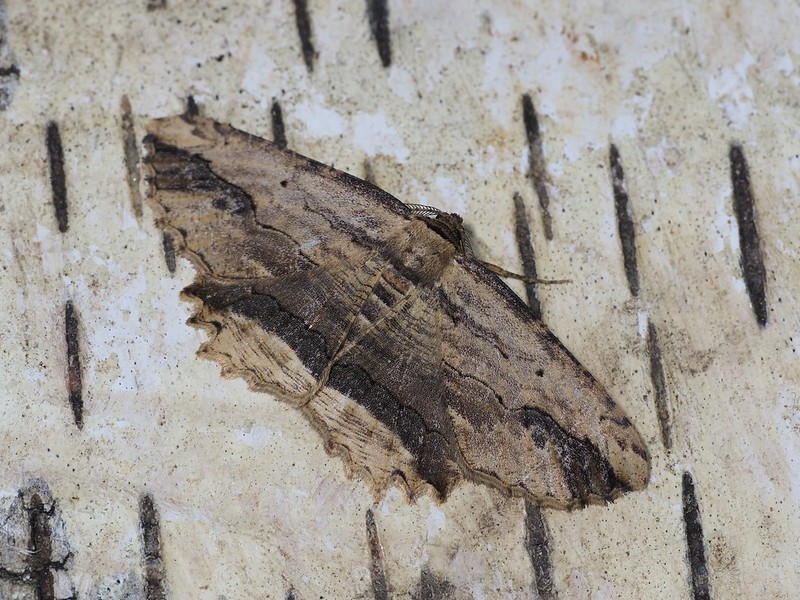
Waved Umbar – Menophra abruptaria
This distinct species is prevalent in southern England and Wales, but less so further north.
OM 90mm f3,5 Macro on Olympus E-M1 Mark II – F11 / 1/60 / ISO 400
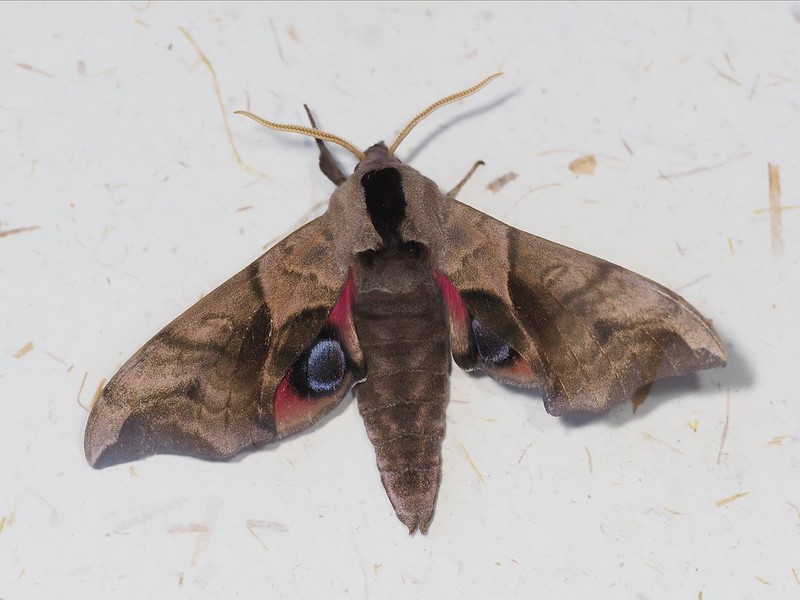
Eyed Hawkmoth – Smerinthus ocellata
A lovely fresh specimen with pinkish forewing and large eye-spots on pinkish hindwing.
When disturbed, it exposes these and rocks to and fro, which has been proved to deter insectivorous birds.
OM 90mm f3,5 Macro on Olympus E-M1 Mark II – F11 / 1/60 / ISO 40
Among the highlights were the beautiful chocolate wingtip, and the striking Eyed Hawk-moth, which flaps out its hind wing to reveal an eye spot in order to deter predators. Even the more common species, like the Cinnabar, added to the vibrant tapestry of life unfolding within the reserve’s protective embrace.

Chocolate-tip – Cloister curtula
This moth is found across southern England and Wales, with isolated populations in Scotland.
OM 90mm f3,5 Macro on Olympus E-M1 Mark II – F11 / 1/60 / ISO 200

Scalloped Hazel – Odontopera bidentata
This highly variable species includes moths ranging in color from light brown to very dark, the darker ones showing less defined patterns.
OM 90mm f3,5 Macro on Olympus E-M1 Mark II – F8 / 1/60 / ISO 200
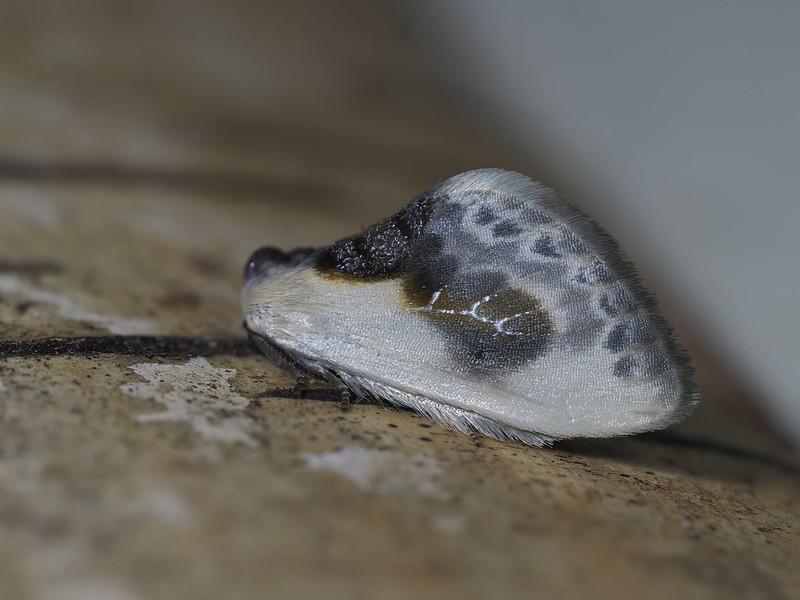
Chinese Character – Cilix glaucata
When at rest, with wings held steeply over the body, closely resembles a bird dropping – thus avoiding the attention of hungry birds.
OM 90mm f3,5 Macro on Olympus E-M1 Mark II – F11 / 1/200 / ISO 200
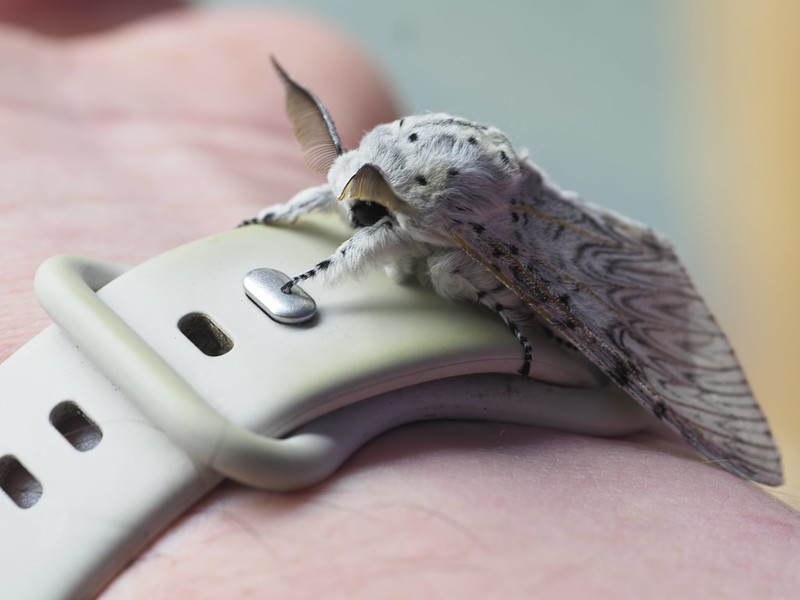
Puss Moth – Cerura vinula
Named after the cat-like appearance of the adult moth, this species is fairly common throughout most of Britain.
OM 90mm f3,5 Macro on Olympus E-M1 Mark II – F8 / 1/15 / ISO 200
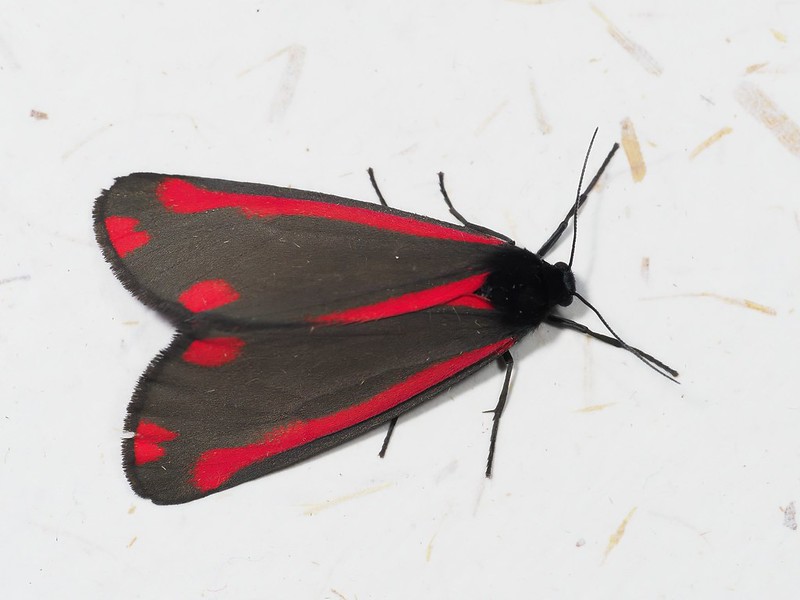
Cinnabar – Tyria jacobaeae
Resembling no other British species, except perhaps the burnets (Zygaenidae), this is a fairly common moth in much of Britain.
OM 90mm f3,5 Macro on Olympus E-M1 Mark II – F11 / 1/160 / ISO 400

Fox Moth – Macrothylacia rubi
The males of the Fox Moth are generally more reddish-brown than the females, which are slightly larger and greyer
OM 90mm f3,5 Macro on Olympus E-M1 Mark II – F11 / 1/60 / ISO 200
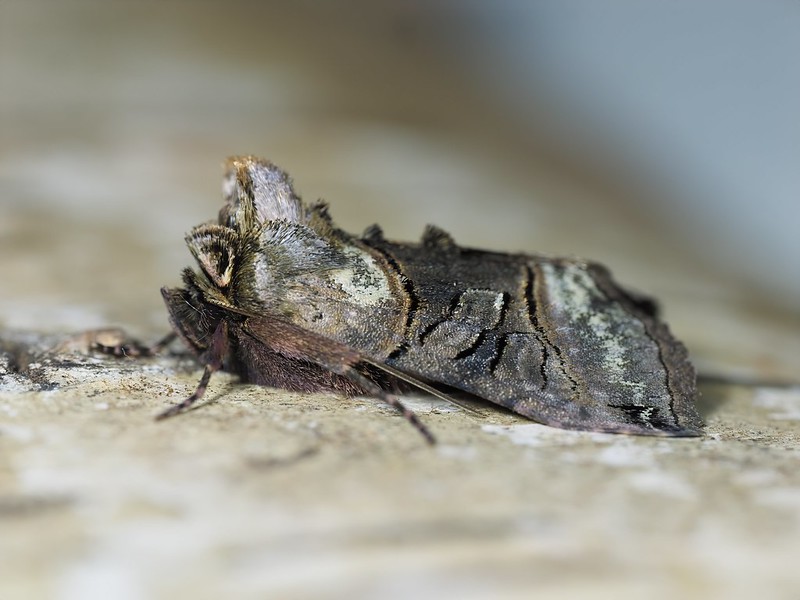
Spectacle – Abrostola tripartita
This moth derives its English name from the raised tufts of scales on the thorax, which resembles a pair of spectacles when viewed from the front.
OM 90mm f3,5 Macro on Olympus E-M1 Mark II – F8 / 1/250 / ISO 200
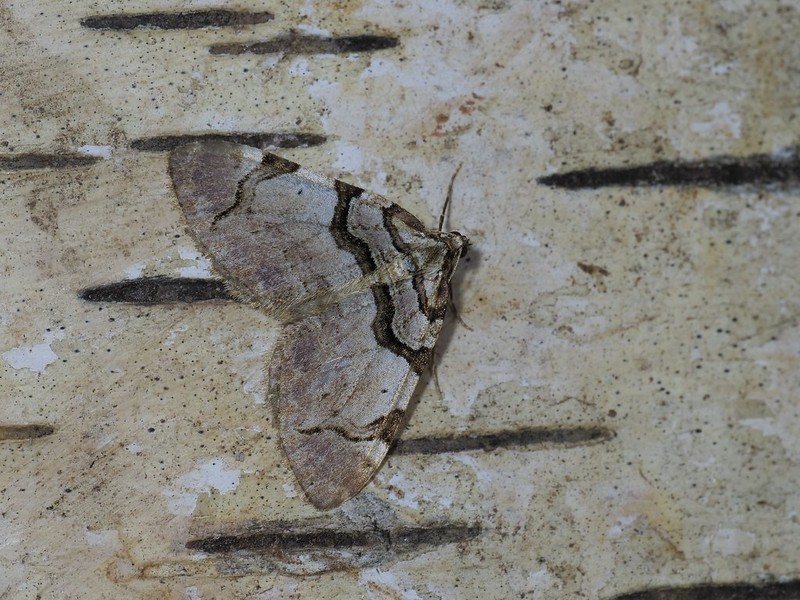
Streamer – Anticlea derivata
Found at woodland edges, hedgerows, and similar bushy areas, this species appears early in the season, flying from April to May.
OM 90mm f3,5 Macro on Olympus E-M1 Mark II – F8 / 1/60 / ISO 200
Moths are fascinating creatures with a variety of unique characteristics. There are more species of moths than butterflies. Their life cycle includes complete metamorphosis: egg, larva (caterpillar), pupa (cocoon), and adult stages. Many moths are nocturnal pollinators, and some even mimic other insects or animals for defense.


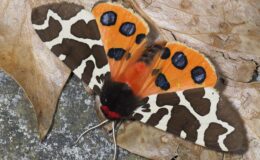

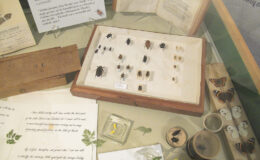
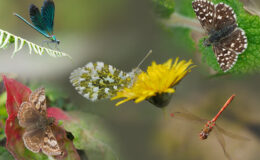
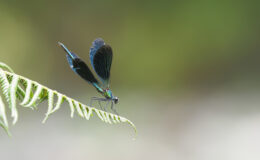
Leave a Comment